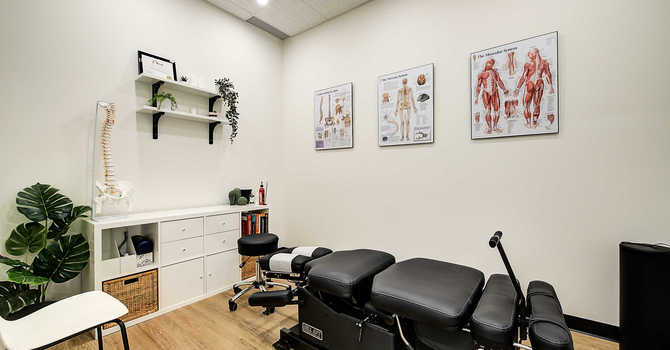
When most people think of sciatica, they invision pain in the outer low back and hip area. However, sciatica is a generalized diagnosis for pain along the sciatic nerve. Most noteably pain, numbnesss, tingling, and weakness down the back of the leg and foot can may be related to an issue or injury of the sciatic nerve.
How do you get sciatica?
There are many different ways in which the sciatic nerve can become irritated or even injured. Like most nerves, if they become compressed (have something pressing on them) or have an irritant like inflamation near them they can become painful with radiation of pain, numbness, tingling etc. Sometimes these symptoms can even become worse overtime if they go untreated.
One of the most common causes of sciatica are disc herniations. When nuclear disc material is herniated it can compress, pinch, and inflame one of the nerve roots that creates the sciatic nerve. These injuries are usually due to repetitive strain on the discs of the low back from poor lifting form, posture, or lack of core stability.
Other causes may include:
- Spinal stenosis or narrowing of the foramen of the vertebrae where the nerve travels through
- Piriformis syndrome (compression from tight musculature of the hip)
- Osteoarthritis
- Spondylolisthesis (instability or slipping of the vertebrae)
- Trauma
- Tumor
You may also experience increased symptoms and slower recovery due to:
- Smoking
- Diabetes
- Obesity
- Previous injuries
Chiropractic treatments for sciatica
Sciatica has a wide variety of causes and everyone responds differently to treatment. Fortunately, chiropractors have a wide variety of conservative treatments for sciatica. After an exam has been performed and the cause of sciatica has been determined the chiropractor may employ any of the following treatments:
- Spinal manipulation (AKA adjustment) to reduce pressure around the nerve and improve mobility
- Flexion distraction to increase the functional space of the vertebral foramen to reduce pressure and improve circulation around the nerve
- McKensie exercises to improve the healing of disc and relieve pressure around the nerve roots
- Manual therapy to decrease muscle tension that may contribute to nerve sensitivity
- Neurodynamic stretches to improve the ability of the sciatic nerve to slide between tissues and improve its flexibility
- Lifestyle modifications to reduce reaggravation of the sciatic nerve
Many cases of sciatica respond well to chiropractic care. However, some cases may require surgery or a specialist depending on the cause of sciatica. To determine the cause of your sciatica or for tips on prevention and spinal health it is always best to talk to your healthcare provider.




